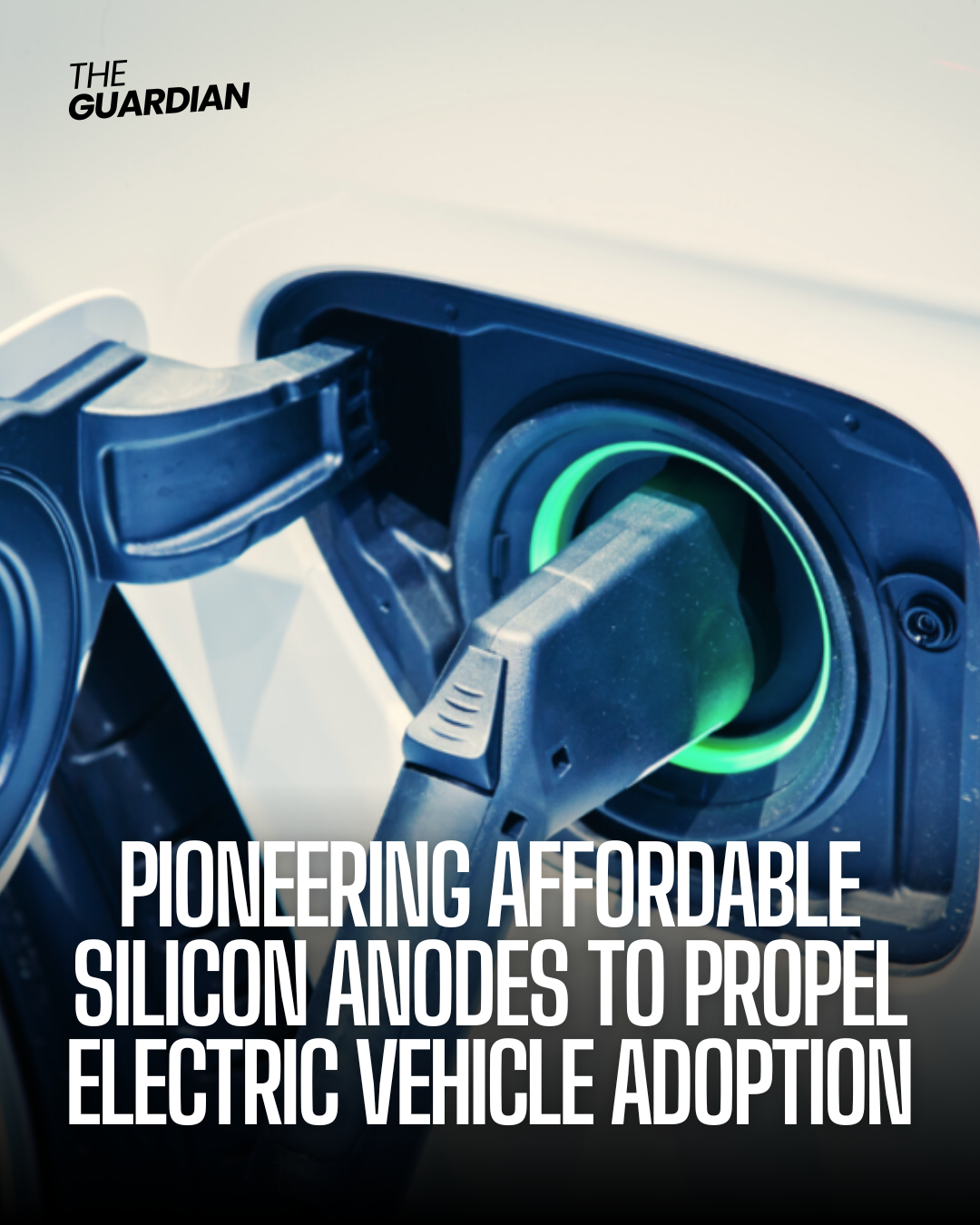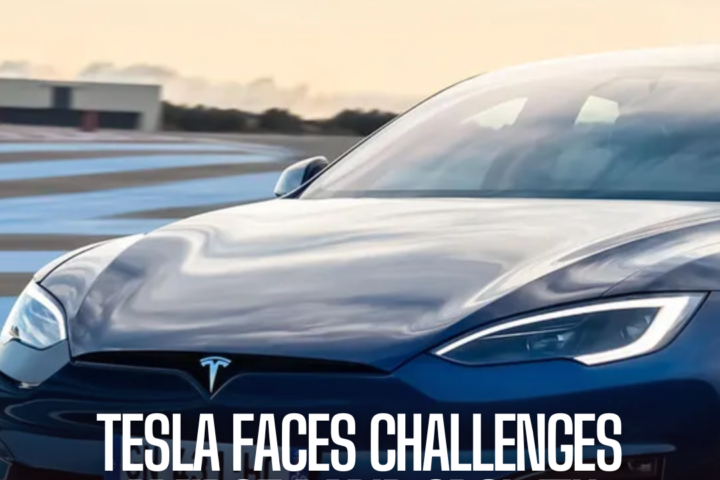Coreshell, a battery materials startup, has unveiled a groundbreaking development that could significantly reduce the cost of lithium-ion batteries, potentially accelerating the adoption of electric vehicles (EVs).
Overcoming Cost Barriers in EV Adoption:
The high price of electric vehicles remains a major deterrent for consumers. Coreshell’s innovation promises to address this hurdle by lowering the cost of lithium-ion batteries, a significant component of EVs.
Coreshell’s breakthrough centers on utilizing silicon in battery anodes, offering a more cost-effective alternative to conventional graphite anodes. While silicon boasts higher energy storage capacity, its tendency to swell during charging poses challenges that Coreshell has successfully addressed.
Cost-Efficient Metallurgical-Grade Silicon:
Unlike previous approaches that relied on costly refined silicon, Coreshell’s technology leverages metallurgical-grade silicon, slashing production expenses by half compared to graphite. This affordability opens doors to wider adoption across various markets, including electric mobility.
Reducing reliance on Chinese graphite, Coreshell’s metallurgical silicon meets domestic sourcing requirements and offers geopolitical advantages. By diversifying the supply chain, the United States aims to enhance its EV manufacturing resilience and reduce dependence on foreign markets.
Revolutionizing Battery Chemistry:
Coreshell’s silicon anodes and lithium-iron-phosphate (LFP) cathodes present a compelling alternative to traditional battery chemistries. With enhanced safety and cost-efficiency, these batteries could revolutionize the EV landscape, making electric mobility more accessible to consumers.
Path to Commercialization and Industry Impact:
While Coreshell plans to debut its technology in e-mobility applications, including electric bikes and scooters, its long-term vision encompasses automotive partnerships and widespread EV integration. By collaborating with industry stakeholders and scaling production, Coreshell aims to drive the mass adoption of affordable electric vehicles by the decade’s end.


























